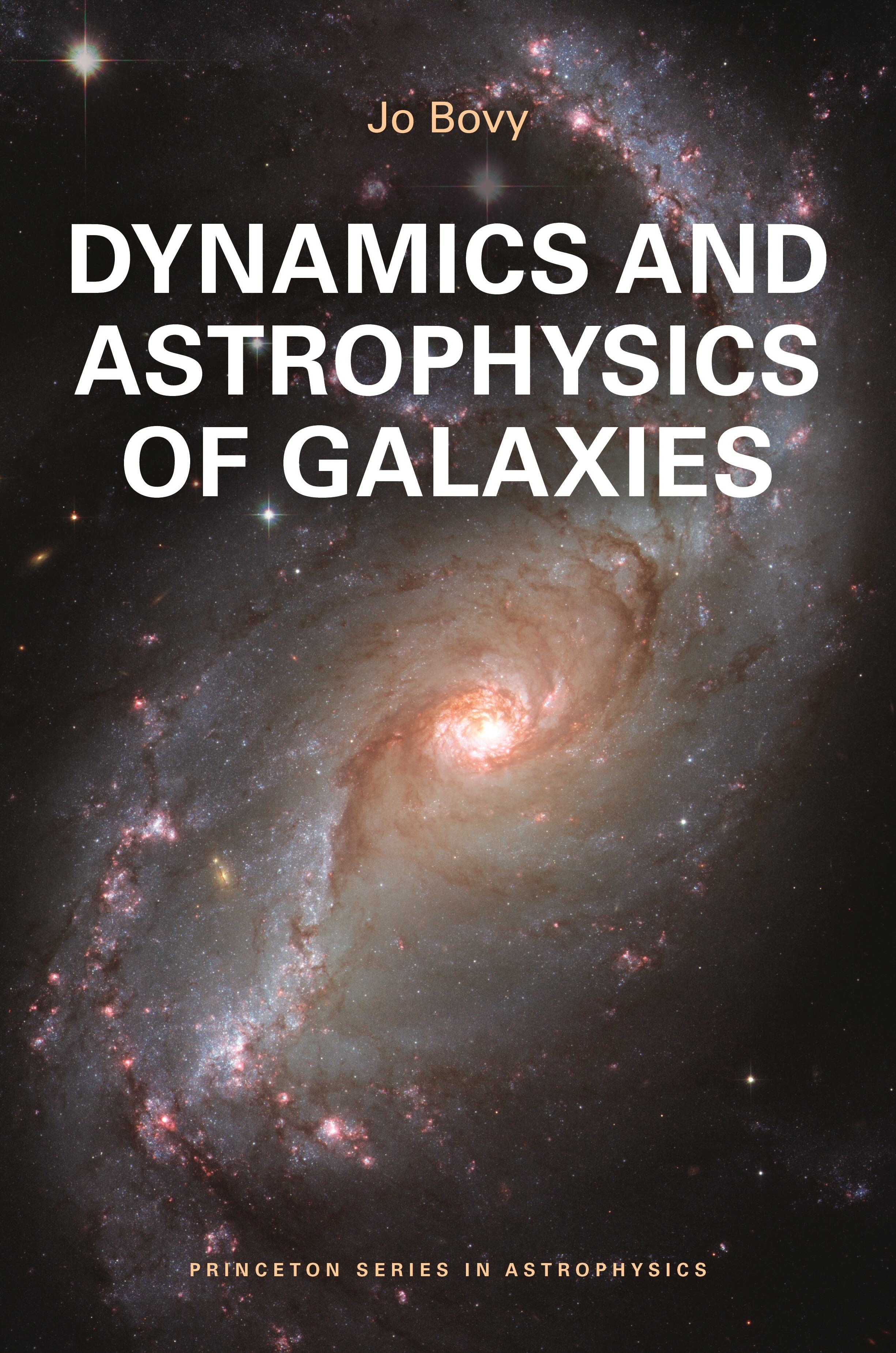1. Introduction¶
Galaxies. They are some of the most beautiful and fascinating objects in the Universe. They come in a large variety of sizes and shapes, colors and brightnesses, from majestic spirals to seemingly-boring ellipticals, massive cluster members to dinky little satellites only seen nearby. Every new way that astronomers devise to look at the sky reveals a different view of galaxies, from the familiar optical and near-infrared images dominated by starlight, to the dust emission in the far infrared, and the high-energy processes that shape the far reaches of the wavelength scale. Remarkably, much of the structure of galaxies can be understood using simple physics and the goal of this book is to provide an introduction to the quantitative understanding of galactic structure, formation, and evolution that is derived primarily from chasing down the effects of gravity on stellar systems. Of course, while gravity is arguably the most important fundamental force on the scale of galaxies, it does not suffice to understand the full picture of galaxies and their formation and evolution. The physics of radiation, hydrodynamics, nuclear fusion, chemistry, etc. play a fundamental role as well and we will also discuss their important contributions to shaping galaxies.

